Know Your Pupusas: A Calorie Breakdown
Pupusas, the traditional dish from El Salvador, have become increasingly popular worldwide due to their unique texture and delicious flavors. However, their nutritional value and how they fit into a balanced diet is often questioned.
In this article, we’ll provide a calorie breakdown of pupusas, giving you a better understanding of their nutritional content. Whether you’re a seasoned pupusa lover or trying them for the first time, keep reading to learn how this tasty treat can fit into your diet.
Walking the streets of San Salvador, you can smell the pupusa cooking. These pieces of bread made from corn flour are the national symbol of El Salvador. Pupusas, in which cheese, meat, or spicy beans are placed, are cooked on hot sheet metal. Archaeologists have found traces of this pastry in a relic of the 600s BC.
What country eats the most pupusas?
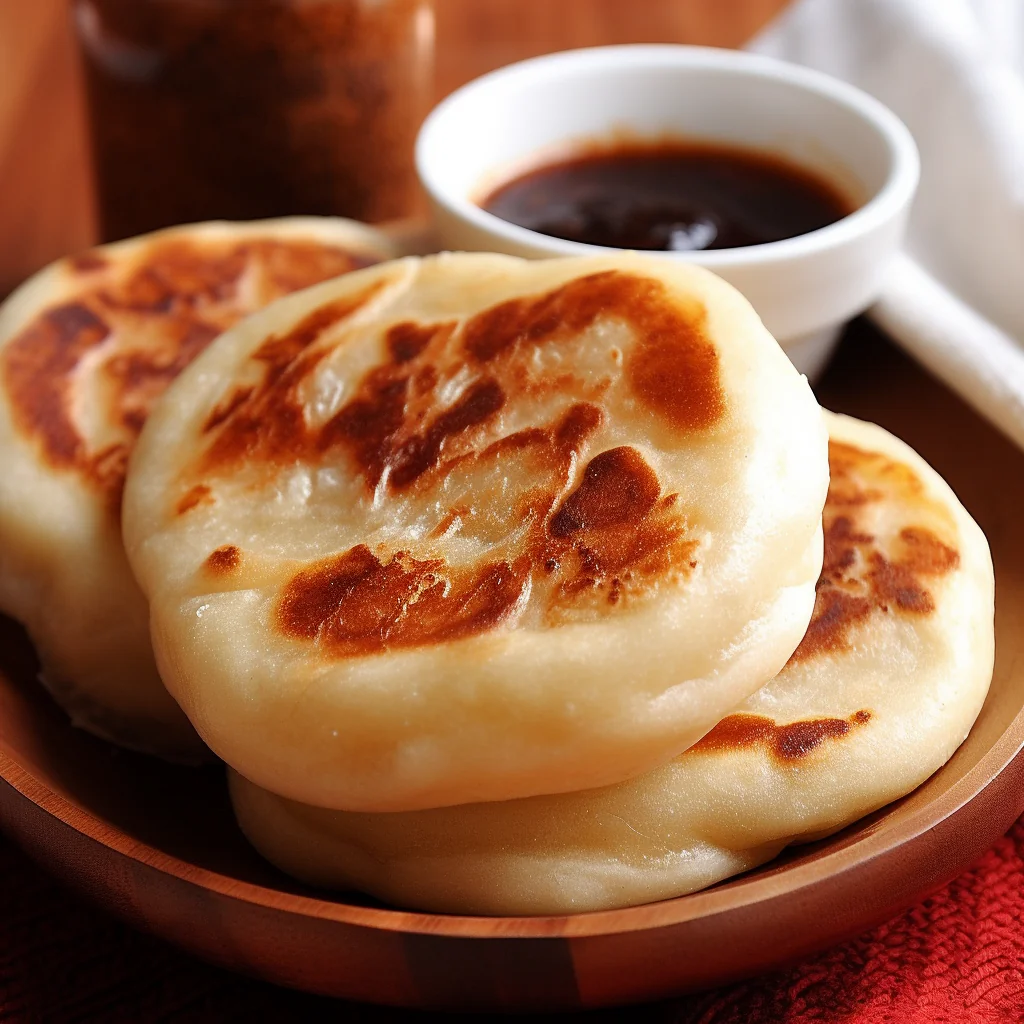
Pupusas are a traditional dish from El Salvador, and they are the country’s national dish. While pupusas are becoming more popular in other countries, they are still most commonly eaten in El Salvador.
Pupusas are made from a thick corn tortilla filled with various ingredients, such as cheese, beans, and meat, and then grilled. They are often served with curtido, a pickled cabbage relish, and a tomato sauce.
Pupusas are a beloved part of Salvadoran cuisine and culture and are enjoyed by locals and visitors alike.
How do Salvadorans eat their pupusas?
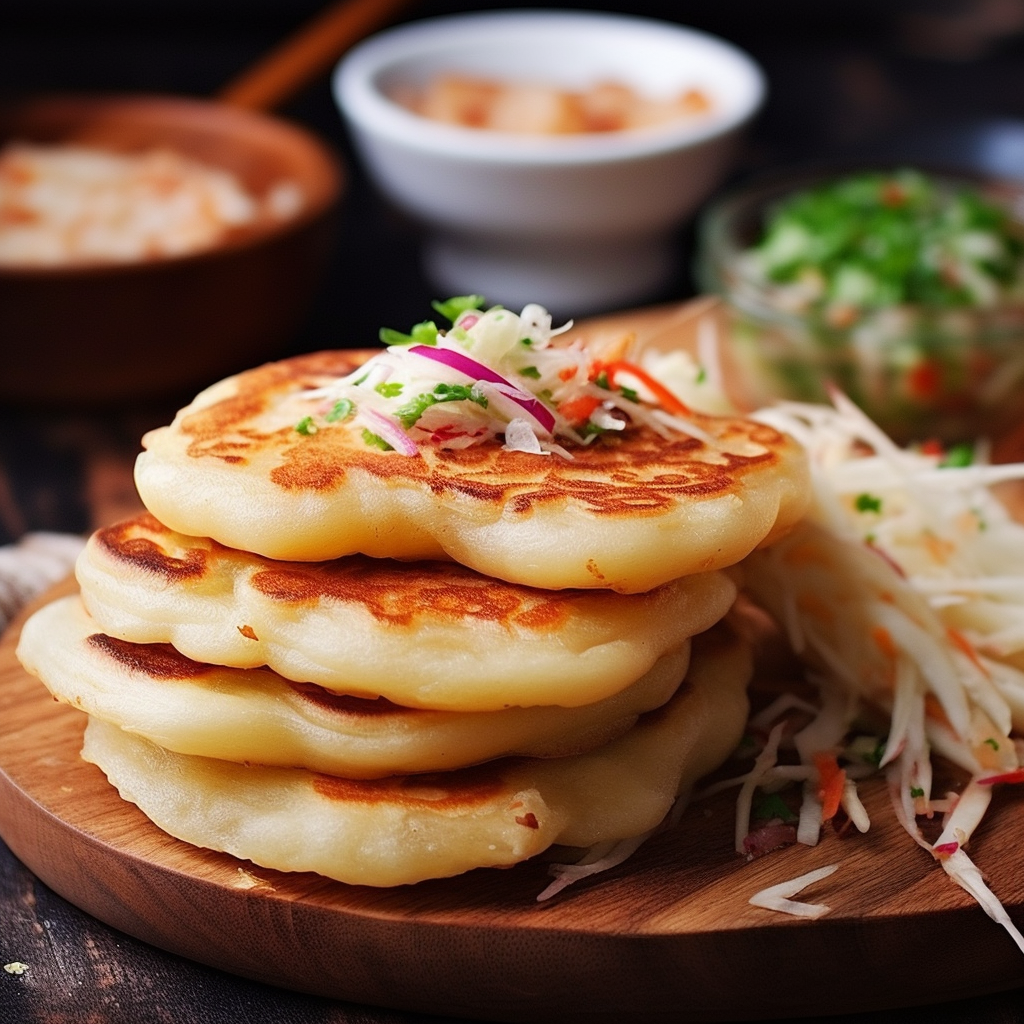
Salvadorans typically eat their pupusas with their hands, using them to scoop up the traditional side dishes served alongside them. These side dishes usually include curtido, a pickled cabbage slaw, and a tomato-based sauce known as salsa roja.
To eat a pupusa, you can break off a piece of the tortilla and use it to scoop up some filling and the side dishes. Some people also like to add hot sauce or other condiments to their pupusas to give them an extra kick of flavor.
Pupusas are often eaten as a snack or a light meal and are popular street food in El Salvador. They can be found at pupuserias, which are small restaurants specializing in making pupusas, as well as at street stalls and food carts.
Do you eat pupusas on a special day?
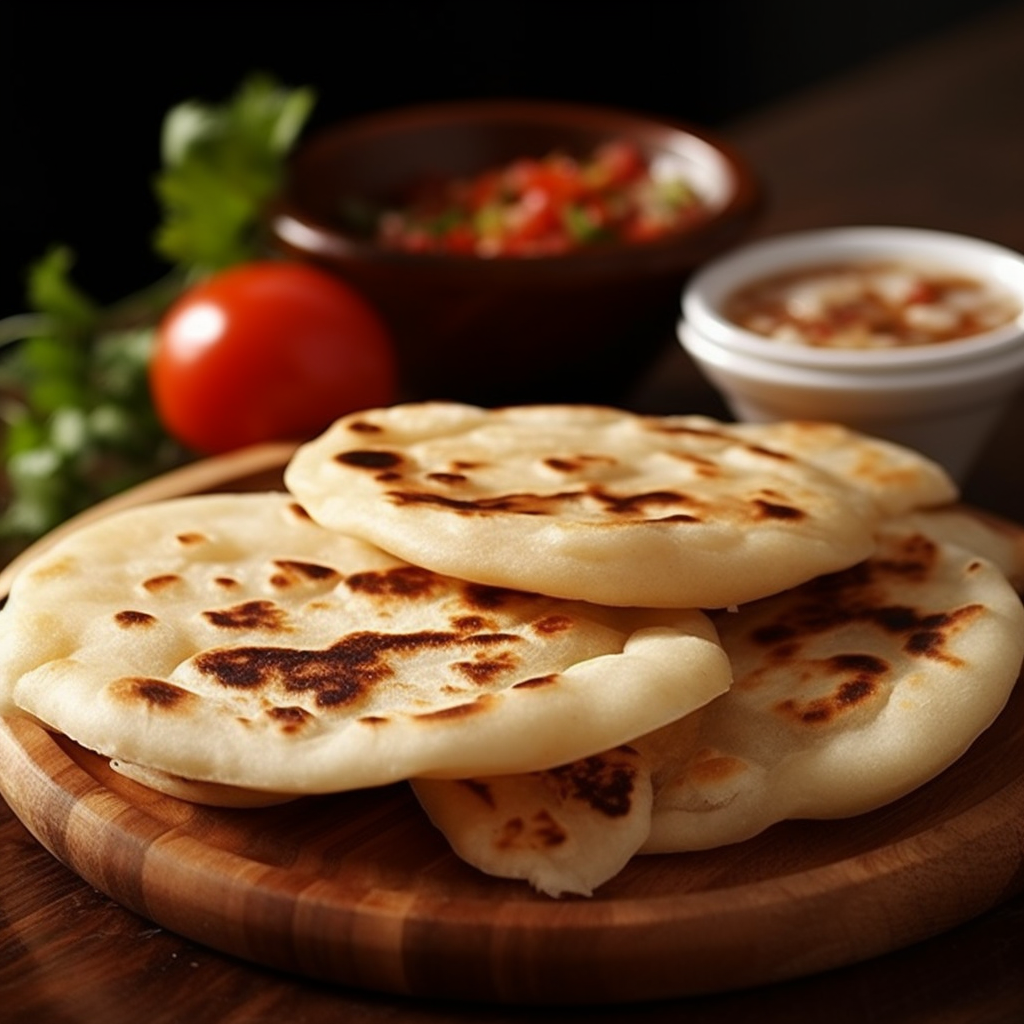
In El Salvador, where pupusas are a traditional dish, a special day is set aside to celebrate them. National Pupusa Day is observed on the second Sunday in November every year, and it is a time for Salvadorans to come together and enjoy this beloved national dish.
On National Pupusa Day, people in El Salvador and Salvadoran communities worldwide may prepare pupusas at home or visit their favorite pupuserias to sample them. Public celebrations and events may also feature live music, dance performances, and other cultural activities.
How many calories does a pupusa have?
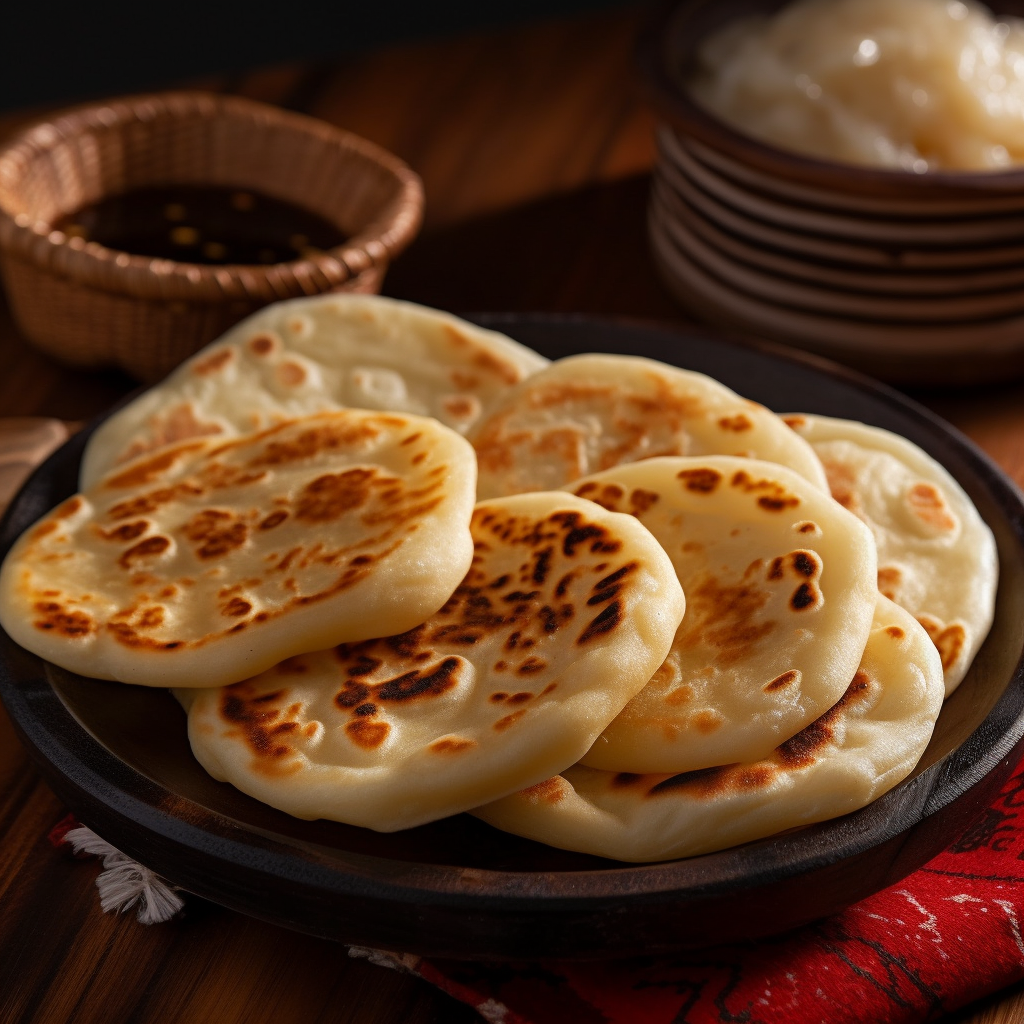
One hundred grams of pupusa contain 256 calories. In particular, a medium-sized pupusa (90 g) has about 209 calories.
This is about 9% of the daily calorie intake of an adult person of medium weight and activity (for the calculation, we assumed a daily intake of 2400 kcal). To get an idea of how much it is, consider that the amount of calories in a medium-sized pupusa is equivalent to the number of calories in, for example:
- 4 apples
- 2 slices of cheese
- 1.5 slices of bread
- 11 cubes of sugar
To burn such an amount of calories, you must ride a bike for at least 30 minutes, swim for 25 minutes or run for 21 minutes.
Pupusa contains protein
Pupusa has 11.51 grams of protein per 100 grams.
When you multiply this number by the weight of a medium-sized pupusa (90 g), you obtain around 10.4 g of protein.
Carbohydrates in pupusa
Pupusa has 23.02 grams of carbs per 100 grams. A medium size pupusa (90 g) has roughly 20.7 g of carbs, just like protein.
Fat in pupusa
Pupusa has 10.43 grams of fat per 100 grams. As a result, it’s simple to calculate that a medium-sized pupusa (90 g) has around 9.4 g of fat. (1)
What is a pupusa vs arepa?
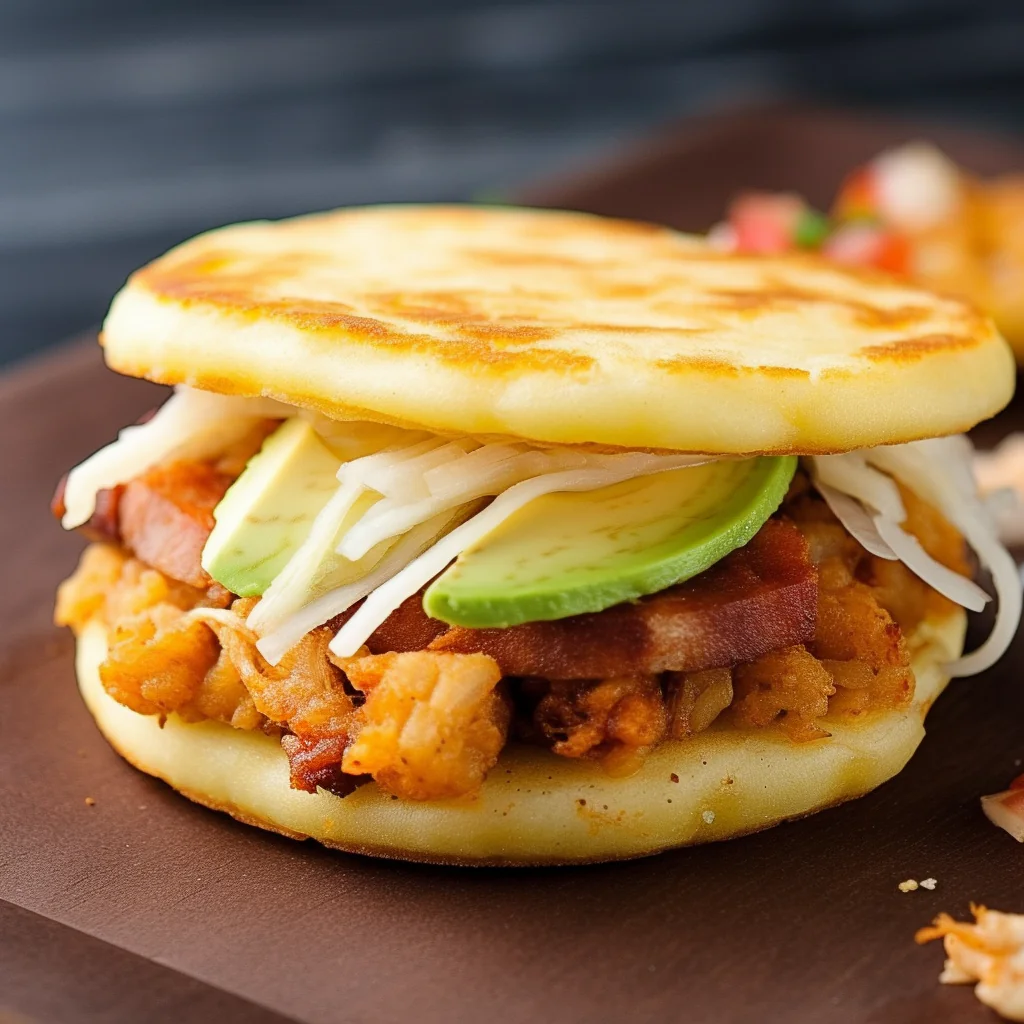
| Pupusa | Arepa | |
|---|---|---|
| Origin | El Salvador | Colombia, Venezuela |
| Dough | Corn masa | Corn flour or pre-cooked cornmeal dough |
| Filling | Typically filled with cheese, beans, or pork | Can be filled with various ingredients such as cheese, meat, beans, or vegetables |
| Shape | Round or oval | Round or sometimes oval |
| Cooking Method | Cooked on a griddle or comal | Grilled, baked, or fried |
| Accompaniments | Served with curtido (cabbage slaw) and tomato sauce (salsa roja) | Served with various toppings, including cheese, avocado, meats, or sauces |
| Texture | Thicker and denser | Thinner and softer |
| Variations | Different regions have unique flavors and fillings | Different regions have their own variations in terms of fillings and cooking techniques |
| Popular Varieties | Revueltas (cheese, beans, and pork), queso con loroco (cheese with loroco flower), and chicharrón (pork cracklings) | Reina pepiada (chicken and avocado), dominó (black beans and cheese), and pabellón (shredded meat, beans, and plantains) |
You may also be interested:
References: https://fdc.nal.usda.gov/fdc-app.html#/food-details/167662/nutrients
What are the two types of pupusas?
The two most common types of pupusas are cheese pupusas (pupusas de queso) and bean pupusas (pupusas de frijol).
Cheese pupusas are filled with a soft, salty cheese called quesillo, similar to mozzarella or Monterey Jack cheese.
Bean pupusas are served with refried beans, often seasoned with garlic and spices.
Are pupusas high in carbs?
If you’re curious about the carbohydrate content of pupusas, they contain around 23.02 grams of carbs per 100 grams. For a medium-sized pupusa weighing about 90 grams, you can expect to consume approximately 20.7 grams of carbs, roughly the same amount of protein.
How many pupusas should I eat?
Generally, a standard serving of pupusas is around two to three, depending on how big they are and how hungry you are. However, depending on your needs and tastes, you might need to adjust this.
If you’re trying to manage your calorie intake or maintain a balanced diet, it’s essential to consider the nutritional value of the pupusas and take that into account. For example, if the pupusas are packed with high-calorie ingredients like cheese and meat, you should limit yourself to just one or two.
What is a pupusa vs arepa?
Pupusas are a traditional dish from El Salvador made from a thick corn tortilla typically filled with cheese, beans, and meat.
Arepas, on the other hand, are a traditional dish from Colombia and Venezuela made from a dough made of cornmeal, salt, and water. The dough is formed into a patty, then cooked on a grill or pan until crispy outside. Arepas can be filled with various ingredients, such as cheese, meat, avocado, or beans.



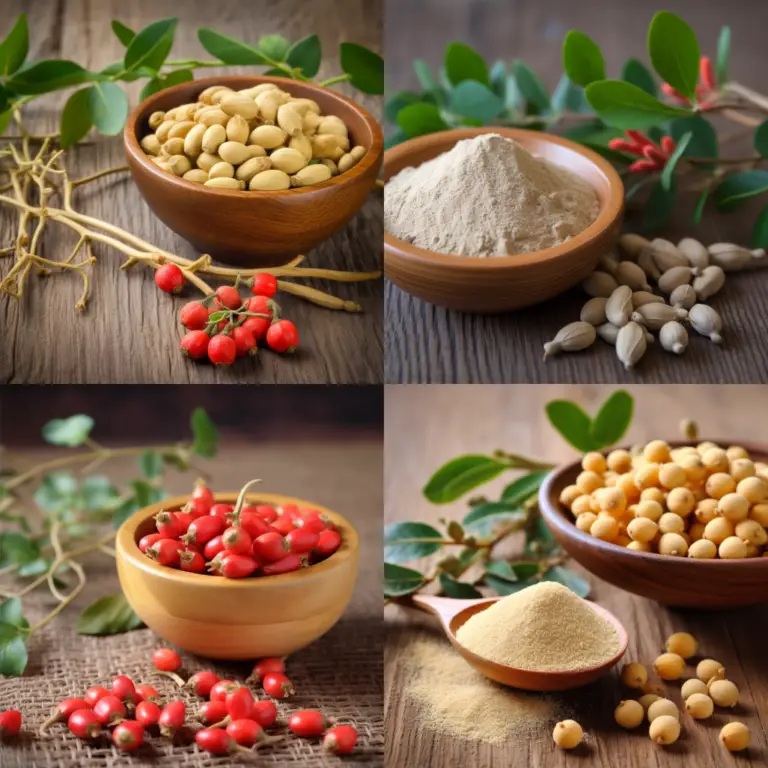




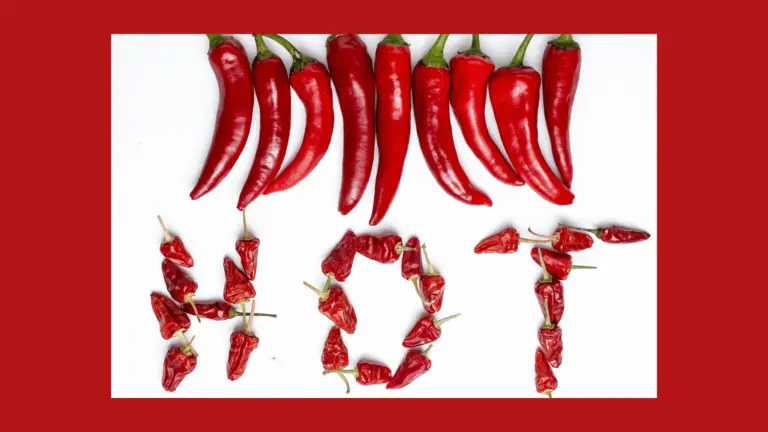

Thank you!
What is the origin of pupusas, and how did they become a popular Salvadoran dish? 🙂
Pupusas are believed to have originated in El Salvador, a small country in Central America, and have a long history dating back more than 2,000 years. The precise origin is not well documented, but it is generally accepted that the indigenous Pipil people, who were part of the larger Nahua civilization, were making and consuming pupusas long before the arrival of the Spanish conquistadors.
Pupusas became popular in El Salvador in the 1950s and 1960s when the country experienced economic growth and industrialization. As more people moved to urban areas, they began seeking convenient and affordable food options. Pupusas were a perfect solution, as they were easy to make and could be eaten on the go.
Pupusas are now a national dish of El Salvador, and they are celebrated on National Pupusa Day, which is celebrated on the second Sunday in November.